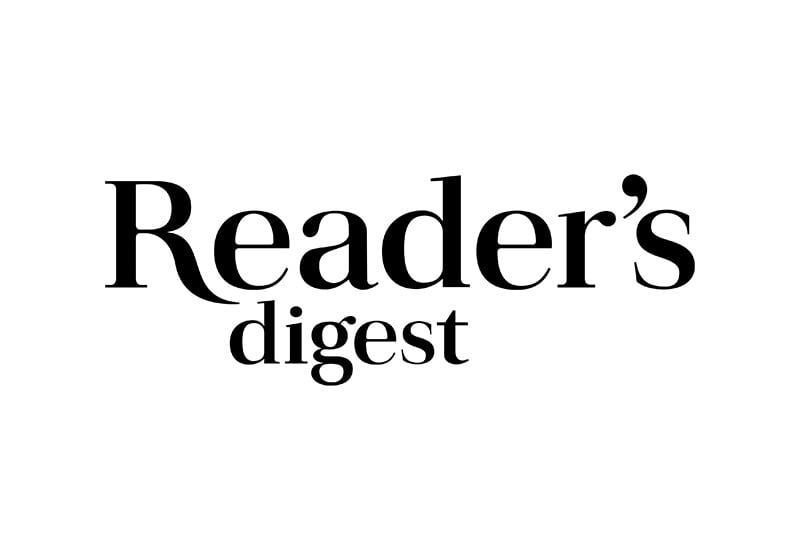Table of Contents
They said he was hyperactive and wouldn’t amount to anything: William Roy Dewitt Wallace was a restless and creative kid who chafed against the rigid rules of traditional Minnesotan society. In the early years of the last century, having dropped out of Berkeley to go and work for a farming publisher, Wallace began developing what would be his great idea. A voracious reader of magazine and newspaper articles, Wallace would meticulously note down every interesting fact that he read. One day, it occurred to him that most people missed out on all sorts of interesting articles simply because they didn’t know where to find them or buy the right publication.
What they needed was an aggregator that selected, rewrote and summarised news, features and other interesting articles that appeared in American newspapers and magazines every month, but in a form that was more digestible for a broader audience.
So he decided to launch a magazine that did exactly that.
In February 1922, Dewitt Wallace, together with wife Lila, an avid reader and letter writer, published the first issue of Reader’s Digest, which would quickly become the most read magazine in the world, and the only publication that could rival the Bible for readership. They spent three long, hard years reading and writing in the rented pony stable they had converted into an office. The circulation of Reader’s Digest grew and grew, reaching almost 300,000 subscribers 1929, and giving the Wallaces the financial stability to distribute the magazine on newsstands.
From this pioneering start, Reader’s Digest kept growing: by 1935 it already had a circulation of a million, and subsequently began publishing editions in other languages too, with over 20 million copies sold worldwide. Circulation peaked in the 1970s at over 17 million in the United States alone, when Reader’s Digest was America’s most-read magazine. Its slow decline began in the 1980s, which eventually led to the bankruptcy and restructuring of the publisher in 2009, albeit with continuing sales of 6 million. The American edition is still going today, though readership continues to fall.

An easy format to… ‘digest’.
Larger than a paperback but smaller than a traditional magazine,
Reader’s Digest was designed to be easy to carry and read anywhere. It had an unusual aspect ratio of 3:2, measuring 14 centimetres wide and 21 centimetres high, a format that would become known as “digest”.
Indeed, one of Reader’s Digest’s most important innovations was its size, because it resulted in a reading experience more akin to a book than larger-format publications (at the time, most newspapers really were broadsheets!).

Decorative graphic design
Another subtle innovation that set Reader’s Digest apart from other magazines at the time was graphic design that was both informative and decorative. Aimed at a broad, middle-class and predominantly female readership that spent most of its time in the home, the magazine evoked the homely surroundings in which it was read by using pastel colours, lots of illustrations and colourful lettering on the cover.
The magazine’s strength, and, as the years passed, its weakness, was that it was firmly rooted in tradition.
Until a major makeover at the turn of the millennium, illustrations depicted an often bucolic vision of American families that was in no way modern.
The graphic design was simple and book-like: large titles, the contents printed on the cover, text printed in two columns inside and red initial capitals to add a touch of vitality.
This layout endured until the nineties, when a series of makeovers modernised the magazine. The new look brought Reader’s Digest into line with the rest of the market and also saw the first experimentation with comics and conceptual illustrations.




Informative covers
It’s at this point on this blog that we usually talk about how iconic, recognisable or surprising a magazine’s covers are. But Reader’s Digest covers were extremely functional and sacrificed visual impact for information about what’s inside by putting the contents on the cover, the inside on the outside. The illustration was relegated to the back cover, with just its right-hand edge protruding slightly onto the front cover.
This unconventional choice was partly down to the founders’ literary sensibilities, and partly down to the subscription model that meant Reader’s Digest did not have to catch the eye on newsstands.
Recent makeovers have left Reader’s Digest covers looking like any other magazine’s, with full-page photos and illustrations, as well as supporting cover lines for the main stories and features inside.



Takeaways
Reader’s Digest was one of the most successful magazines of the 20th century. Its readers were – and still are – passionate about reading, and have been devouring its republished, condensed and rewritten articles for over a century.
Its approach to design teaches us that publishing success is not always dependent on eye-catching graphics: in this case, easy reading and the user experience came first. And anyway, aren’t we always being told that the best graphic design is invisible?


Takeaways
Reader’s Digest was one of the most successful magazines of the 20th century. Its readers were – and still are – passionate about reading, and have been devouring its republished, condensed and rewritten articles for over a century.
Its approach to design teaches us that publishing success is not always dependent on eye-catching graphics: in this case, easy reading and the user experience came first. And anyway, aren’t we always being told that the best graphic design is invisible?
Sources:
https://www.rd.com/list/vintage-readers-digest-covers
https://www.chrisbuzelli.com/midsummer-night
https://jaretts.com/readers-digest-canada
https://www.gingernutdesign.co.uk/readersdigestmagazine
https://art-now-and-then.blogspot.com/2017/08/readers-digest-art.html

